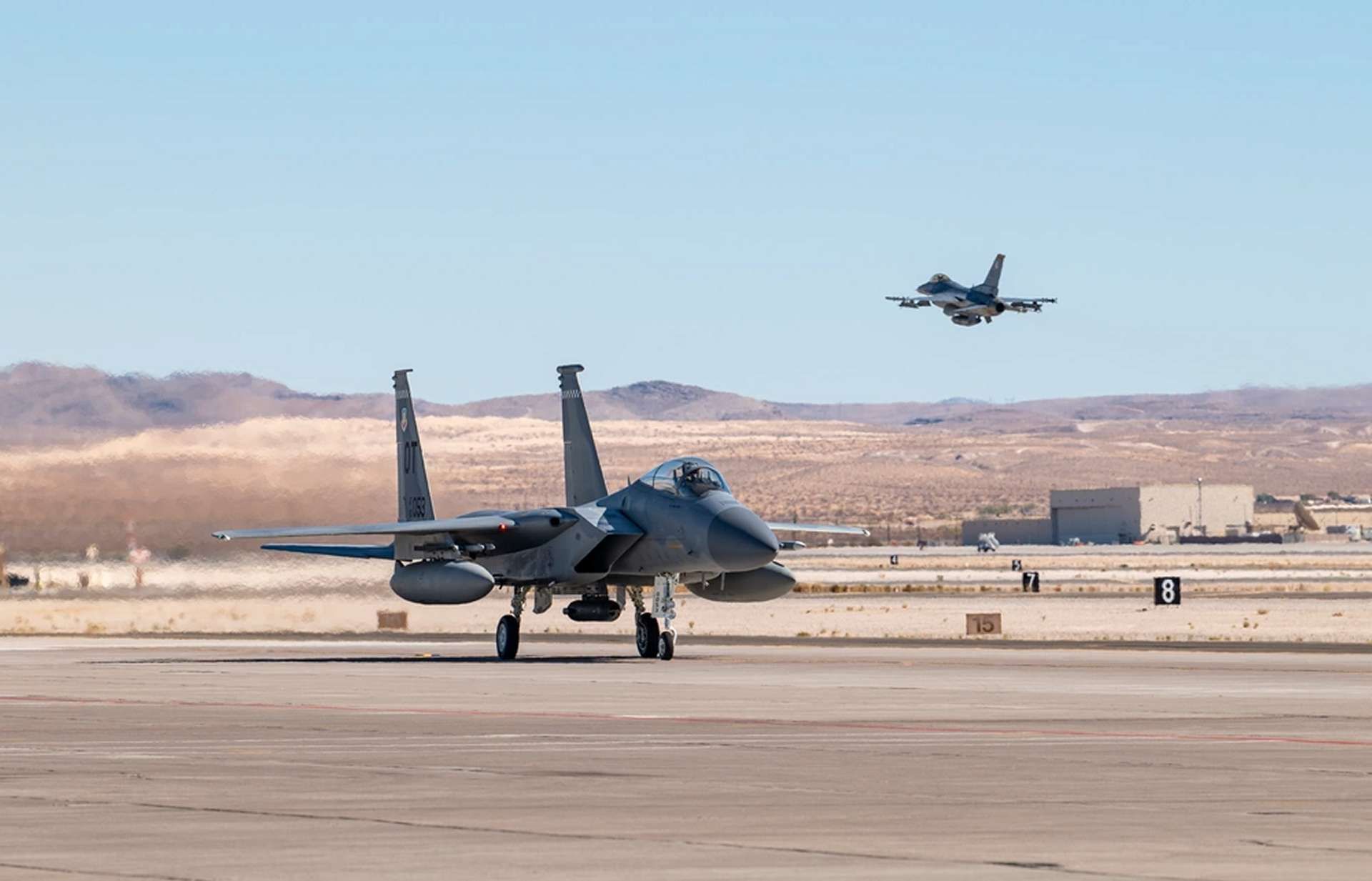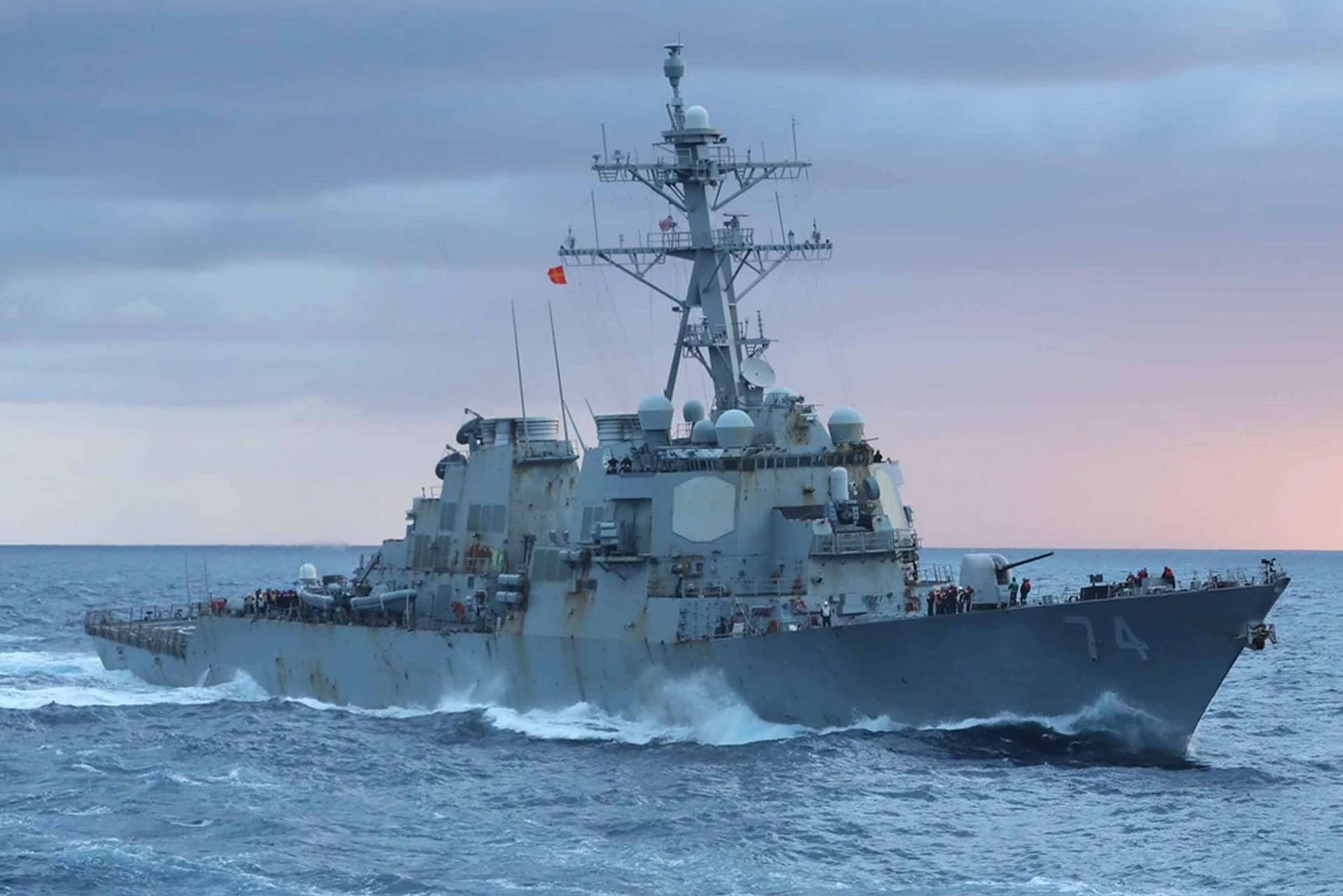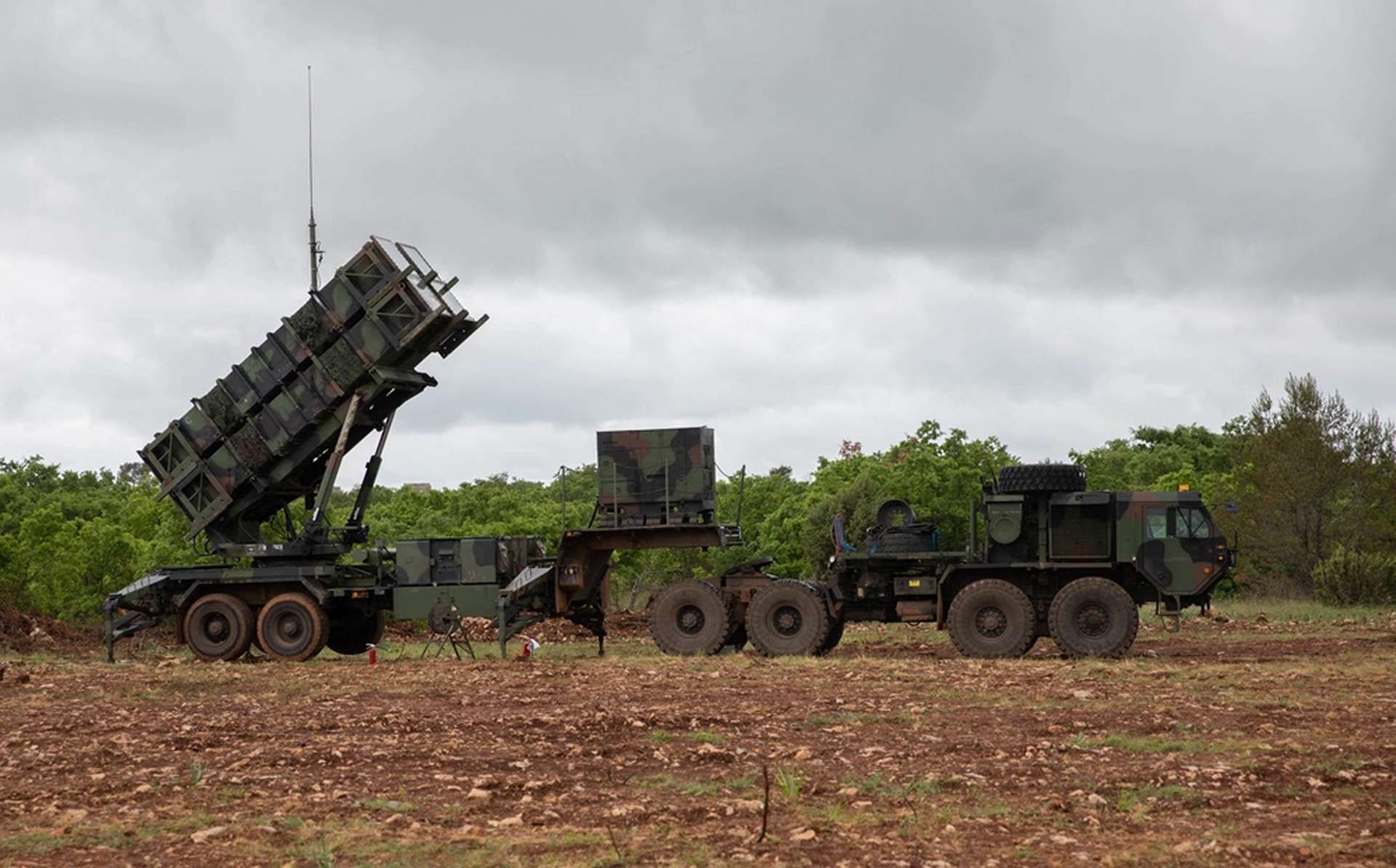Breaking News
US defense budget to reach $851.7 Billion in 2025 to counter China and Russia.
On August 1, 2024, the US Senate Committee on Appropriations approved the Fiscal Year (FY) 2025 Defense Appropriations Act, allocating funds for the U.S. armed forces to address global threats from China and Russia, support service members and their families, and strengthen the defense industrial base. The measure, passed by a unanimous 28-0 vote, allocates $851.7 billion in discretionary funding, which is 3.3% higher than the FY 2024 enacted budget and 2.3% higher than the President’s budget request for FY 2025.
Follow Army Recognition on Google News at this link

The US Army is allocated $25.8 billion for procurement and $14.5 billion in R&D, including $850 million for 45 Abrams tanks, which is 15 tanks and $77 million more than the President’s budget request. (Picture source: US MoD)
Senator Collins, Vice Chair of the Appropriations Committee and Ranking Member of the Defense Subcommittee, stated that the legislation aims to enhance military capabilities across air, land, sea, space, and cyberspace, while also focusing on supporting service members, promoting innovation, addressing inflation, and countering drug efforts. The largest U.S. military budget in history, when adjusted for inflation, is the one for the fiscal year 2023. This budget amounted to $858 billion, reflecting increases driven by various concerns, including the conflict in Ukraine and strategic competition with China, as well as various needs to modernize military capabilities, including investments in nuclear weapons, hypersonic weapons, and enhancing cyber defense and the Space Force.
The bill allocates $180.7 billion for the pay and benefits of service members and their families, which is $4.4 billion above the FY 2024 enacted level. This includes a 4.5% pay raise for service members and a 5.5% pay raise for the most junior enlisted personnel. Additionally, $1 billion is designated for the modernization of Marine Corps barracks, which is $349 million more than the President’s budget request. The bill also includes $135 million more than the President’s budget request for the Army’s operational deployment pay and $251 million for the basic needs allowance to support military families with a household income below 200 percent of Federal poverty guidelines.
For military readiness, the bill provides $300.6 billion for operations, weapons, training, and readiness activities. This includes $3.4 billion more than the President’s budget request to make nearly 500 additional Air Force aircraft available, including $600 million for six additional F-15EX Eagle II multirole strike fighters. It also provides funding for aircraft spare parts to prevent the grounding of an estimated 221 airplanes. Additionally, $14.5 billion is allocated for Navy ship repairs, $800 million above the FY 2024 enacted level, and $1.1 billion in unnecessary civilian personnel costs are eliminated.

The US Air Force receives $56.4 billion in procurement and $46.8 billion in R&D, with $2.4 billion for 24 F-15EX Eagle II multirole strike fighters. (Picture source: US DoD)
Procurement and research and development (R&D) are supported with $175.2 billion for the procurement of weapon systems and $145.1 billion for research, development, and testing of platforms. The bill provides $1 billion more than the President’s budget request for counter-drone capabilities, including $350 million for 1,200 counter-drone systems and more radars. It includes $3 billion more than the President’s budget request to strengthen the U.S. defense industrial base, address supply chain bottlenecks, expand solid rocket motor production, increase raw materials purchases, and modernize Army plants and Navy public shipyards. An additional $5.9 billion is allocated to maximize the production of eight critical munitions, including PATRIOT air defense missiles, Tomahawk cruise missiles, long-range anti-ship missiles, and the Precision Strike Missile (PrSM) from Lockheed Martin.
The bill also includes $989 million more than the President’s budget request to expand munition production, including 182 additional Stinger anti-air missiles and 24 SM-3 Block 1B ballistic missile interceptors, used to shoot down Iranian ballistic missiles on April 13, 2024. This funding also accelerates the fielding of the Army’s next PATRIOT air defense battalion by one year and includes $10 million for one-way loitering munitions. To counter China’s growing military capability, the bill allocates $2.7 billion more than the President’s budget request across all domains, including $181 million for the Guam Defense System and $123 million to enhance Indo-Pacific Command’s targeting capabilities. The development of hypersonic missiles across the Services receives $3.2 billion, while the development and procurement of 68 F-35 Joint Strike Fighters are allocated $12.3 billion.
The US Navy receives $81.2 billion for procurement and $26.2 billion in R&D. This includes $37 billion for shipbuilding, funding seven battle force ships. Notable investments include $1.5 billion for a third DDG-51 Arleigh Burke-class destroyer, $695 million for multi-year procurement of four amphibious ships, $417 million for three additional Ship to Shore Connectors, also known as the LCAC 100 class, $357 million for a second ship set of Virginia-class submarine material, and $1 billion for two FY 2024 Virginia-class submarines. The bill also includes $252 million for the nuclear-armed sea-launched cruise missile (SLCM-N) and $954 million for the Next Generation Fighter (F/A-XX).

The US Navy receives $81.2 billion for procurement and $26.2 billion in R&D, including $37 billion for shipbuilding and $1.5 billion for a third DDG-51 Arleigh Burke-class destroyer. (Picture source: US DoD)
The US Army is allocated $25.8 billion for procurement and $14.5 billion in R&D, including $1.2 billion for the Future Long Range Assault Aircraft program, which includes the Bell V-280 Valor to replace part of the Blackhawk helicopter fleet, as well as $850 million for 45 Abrams tanks, which is 15 tanks and $77 million more than the President’s budget request. The US Air Force receives $56.4 billion in procurement and $46.8 billion in R&D, with $2.7 billion for the Next Generation Air Dominance (NGAD) program, $2.4 billion for the requested number of B-21 bombers, $2.4 billion for 24 F-15EX Eagle II multirole strike fighters, $402 million for continued development related to the Boeing E-7 Wedgetail airborne early warning and control aircraft, and $2.9 billion to procure 15 Boeing KC-46A Pegasus aerial refueling and strategic military transport aircraft.
The US Space Force is allocated $4.1 billion for procurement and $19.8 billion for R&D, including $950 million more than the President’s budget request to address offensive space control and other space capabilities. The National Guard receives $1 billion excluded from the President’s budget request for modernization and $53 million for the state partnership program.
For U.S.-Israeli missile defense, the bill provides $500 million for Iron Dome, David’s Sling, and Arrow missile defense programs, and $150 million for cooperative initiatives related to anti-tunneling, emerging technology, and countering drones. General provisions include $800 million more than the President’s budget request to rearm U.S. troops in harm’s way and continue U.S. Central Command operations and force protection activities past September 30, 2024. The bill allocates $1.2 billion more than the President’s budget request for fuel costs due to higher-than-expected inflation and $500 million for new defense articles for Taiwan. Additionally, the bill blocks the closure of Guantanamo Bay and the transfer of detainees to the United States.

An additional $5.9 billion is allocated to maximize the production of eight critical munitions, including PATRIOT air defense missiles, Tomahawk cruise missiles, long-range anti-ship missiles, and the Precision Strike Missile (PrSM) from Lockheed Martin. (Picture source: US DoD)


























